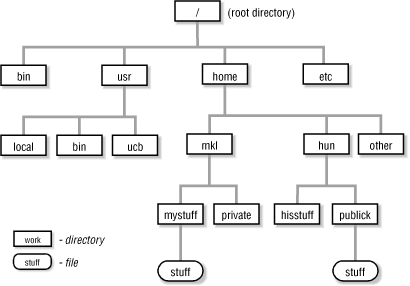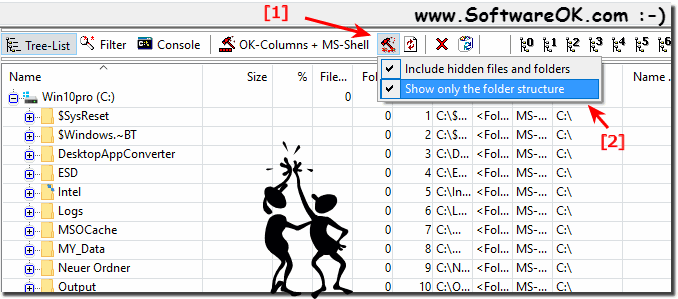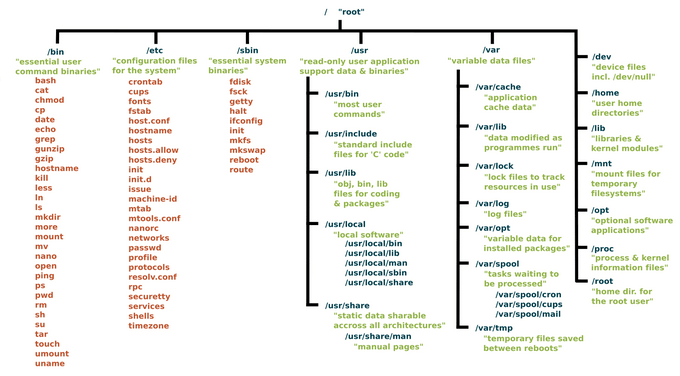


The ‘force-directed directory tree diagram’ and ‘directory tree graph’ visualisations show the URL architecture of a website. The crawl tree graphs will also show up to 10k URLs in the browser, but allow you to right-click and ‘focus’ to expand on particular areas of a site to show more URLs in that section (up to another 10k URLs at a time). They are hierarchical by crawl depth from left to right by default, but you can flip them around to be top to bottom (or right to left, bottom to top etc). The tree graph format visually is quite different to the force-directed crawl diagram, but fundamentally they represent websites in a similar way, with URLs represented by the circles and the shortest path by hyperlink, as the lines connecting them. This way, every URL in a crawl can be visualised. You can then right click and ‘explore’ to see the children. When a visualisation has reached the 10k URL limit, it lets you know when a particular node has children that are being truncated (due to size limits), by colouring the nodes grey.

You can use the browser as navigation, typing in a URL directly and moving forwards and backwards with ease. The visualisation will show up to 10k URLs in the browser, but allow you to right-click and ‘focus’ to expand on particular areas of a site to show more URLs in that section (up to another 10k URLs at a time). The ‘Information’ (i) menu icon provides a key with more information about the colours of nodes. There are valid reasons for non-indexable pages, but visualising their proportion and where they are, can be useful in quickly identifying areas of interest to investigate further. This makes it quite easy to spot problematic sections or pages of a website. Indexable pages are represented by the green nodes, while the pastel red highlights URLs that are non-indexable. The nodes that are slightly smaller than the largest node and are connected by links are URLs that are the next crawl depth level, and as they get further away, the nodes are scaled smaller and lighter with increasing crawl depth. The lines (known as ‘edges’) represent the link between one URL and another (by shortest path, if you’ve been listening). This is generally the homepage if you started the crawl there. The force-directed crawl diagrams are like a heat-map, with the start URL represented by the darkest green, largest node (the circles) in the middle. This makes the crawl visualisations useful when analysing site architecture, and internal linking. The crawl visualisations are hierarchical by crawl depth, and the lines between URLs represent the shortest path. If a page has multiple shortest paths (i.e, multiple links from the same lowest depth), the link that will be displayed is the one that was crawled first, often the first discovered in the source code. They don’t show every internal link, as this makes visualisations hard to scale, and often incomprehensible. They show a single shortest path to a page from the start URL. The ‘force-directed crawl diagram’ and ‘crawl tree graph’ visualisations provide a view of how the SEO Spider has crawled the site, by shortest path to a page. Let’s dig into the two types of visualisations and their differences. However, the strength of visualisations is that they can help provide perspective, communicate ideas, or reveal underlying patterns that are harder to uncover in data, and spreadsheets. They are often not the best way to diagnose issues and don’t always tell the whole story. While visualisations are beautiful and fun, they don’t provide any more data than is already available in a crawl. Watch our video on visualisations, or continue to read our guide below. The choice of format type can simply be down to personal taste, but the ‘best’ format to use can also depend on the size of the site, and situation. This guide will explain the differences and highlight how each can be utilised.Įach visualisation type also has two different formats, a force-directed diagram, and a tree graph. The two types of visualisations are fundamentally different and are useful in understanding a site’s architecture in different ways. The Screaming Frog SEO Spider has two types of interactive website visualisations – crawl visualisations, and directory tree visualisations.


 0 kommentar(er)
0 kommentar(er)
